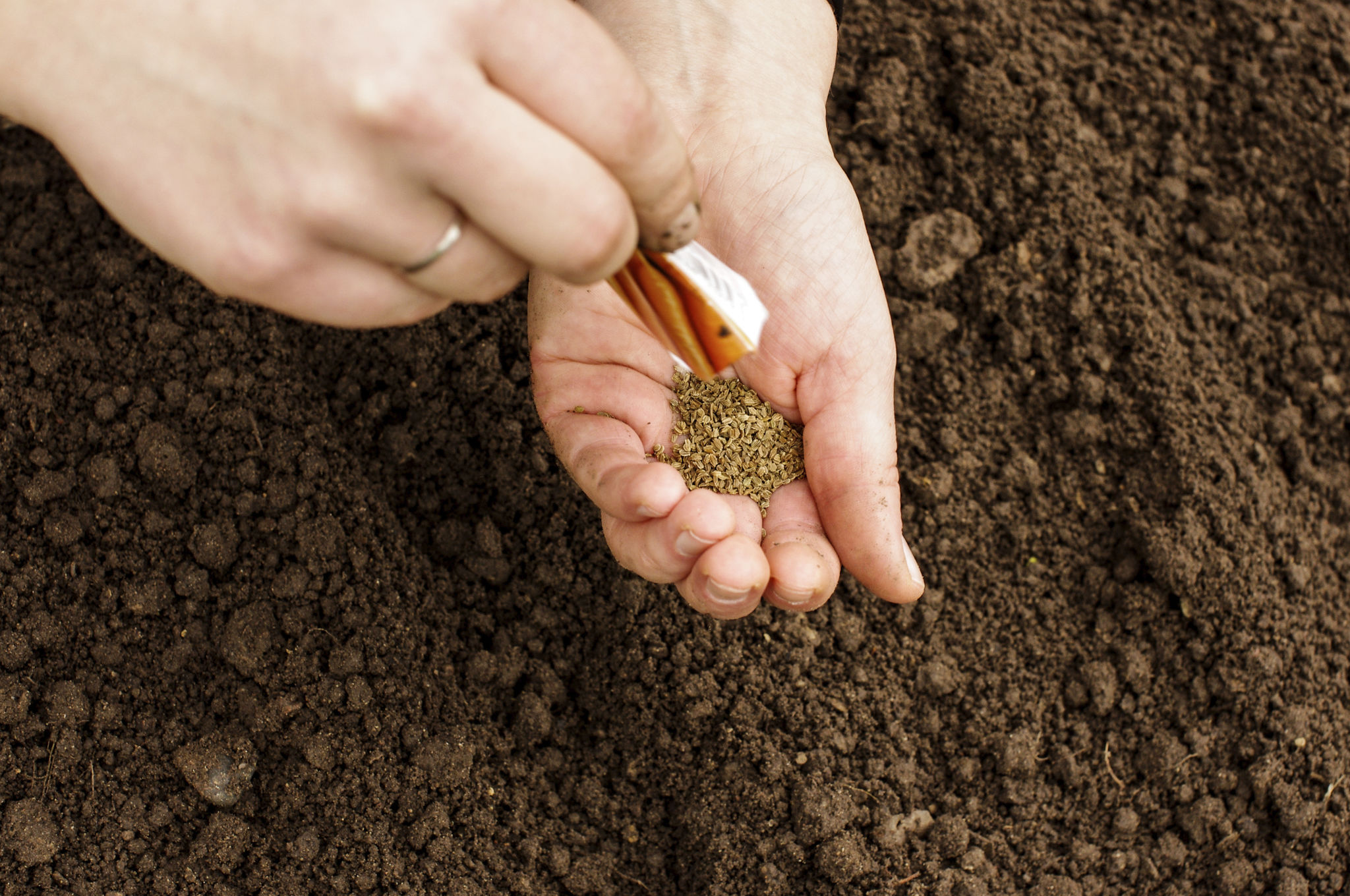Expert Tips for Maintaining a Vibrant Clover Lawn Year-Round
Understanding Clover Lawns
Clover lawns are becoming increasingly popular among homeowners who are looking for a low-maintenance, eco-friendly alternative to traditional grass lawns. Known for their lush green appearance and resilience, clover lawns are not only beautiful but also beneficial for the environment. Clover can fix nitrogen from the air, enriching the soil naturally, which reduces the need for chemical fertilizers.
One of the most appealing aspects of clover lawns is their ability to thrive in various conditions. Whether you have a sunny or shady yard, clover can adapt and maintain its vibrant look throughout the year. This adaptability makes clover an excellent choice for those seeking a sustainable lawn option.

Planting and Establishing Your Clover Lawn
When starting a clover lawn, it's crucial to prepare the soil properly to ensure optimal growth. Begin by removing any existing grass or weeds and tilling the soil to a depth of about six inches. This will help the clover seeds make good contact with the soil, promoting healthy germination.
After preparing the soil, spread the clover seeds evenly across the area. It's important to water the seeds thoroughly after planting and continue to water them regularly until they are well established. Clover prefers moist soil, so consistent watering is key during the initial growth phase.

Maintaining Your Clover Lawn
Once your clover lawn is established, maintenance is relatively simple compared to traditional grass lawns. One of the significant advantages of clover is that it requires less frequent mowing. Clover typically grows to about three inches in height, so you may only need to mow once a month during the growing season to maintain a tidy appearance.
Fertilizing is also minimal with clover lawns. Since clover naturally enriches the soil with nitrogen, you can significantly reduce or eliminate the need for additional fertilizers. This not only saves money but also minimizes environmental impact.

Dealing with Pests and Diseases
Clover lawns are generally more resistant to pests and diseases than traditional grass lawns. However, they are not entirely immune. Keep an eye out for common pests like aphids or slugs, and consider using natural pest control methods such as introducing beneficial insects or applying neem oil if needed.
If you notice any signs of disease, such as browning or wilting patches, it's essential to address them promptly. Often, improving drainage and ensuring proper airflow can help prevent diseases from taking hold in your clover lawn.
Seasonal Care Tips
To maintain a vibrant clover lawn year-round, it's important to adjust your care routine according to the season. In spring and fall, when growth is most vigorous, ensure your lawn receives adequate water and consider overseeding any thin areas to promote density.
During the hot summer months, clover may require more frequent watering to prevent stress from heat. Conversely, in winter, you may notice that clover growth slows down. This is normal, and your primary task will be to keep debris off the lawn to allow light and air circulation.

Benefits of a Clover Lawn
Aside from being low-maintenance and eco-friendly, clover lawns offer several additional benefits. They are soft underfoot, making them ideal for families with children or pets who love to play outdoors. Additionally, clover blooms attract bees and other pollinators, supporting local ecosystems.
Moreover, because clover does not require frequent watering or fertilizing, it can be a more cost-effective option in the long run. Homeowners looking for sustainability without sacrificing beauty will find that clover lawns offer the perfect balance.
Conclusion
Maintaining a vibrant clover lawn year-round is achievable with proper care and attention. By understanding its unique needs and adjusting your maintenance routine seasonally, you can enjoy a lush, green lawn that benefits both your home and the environment. Embrace the beauty and simplicity of a clover lawn and contribute to a more sustainable future.